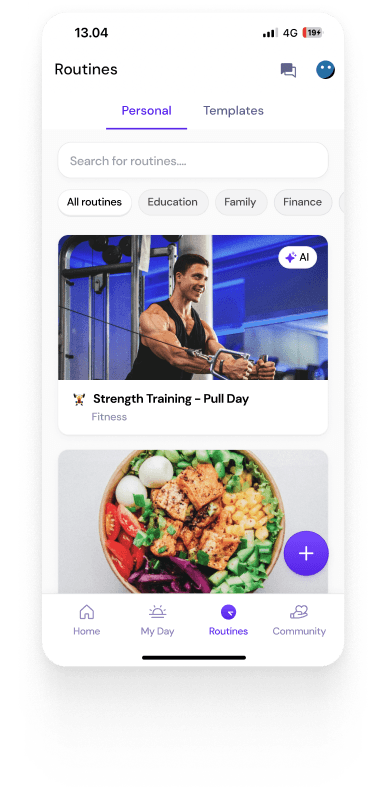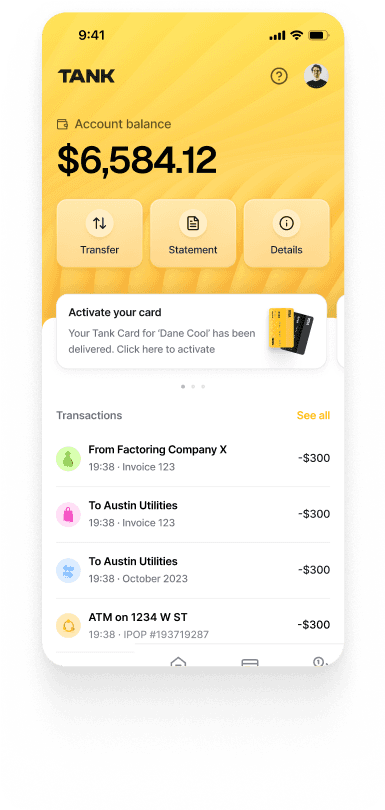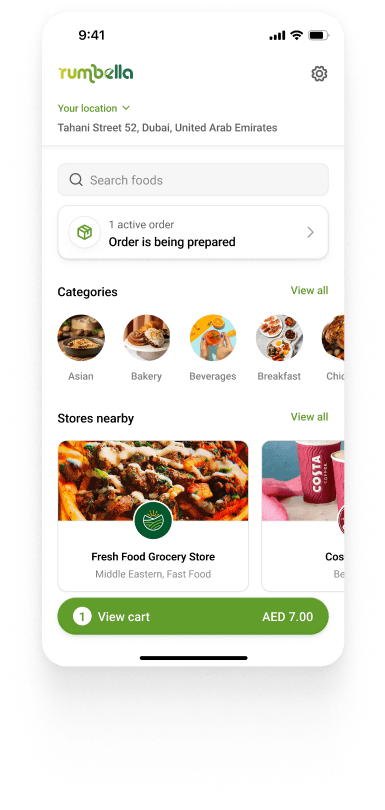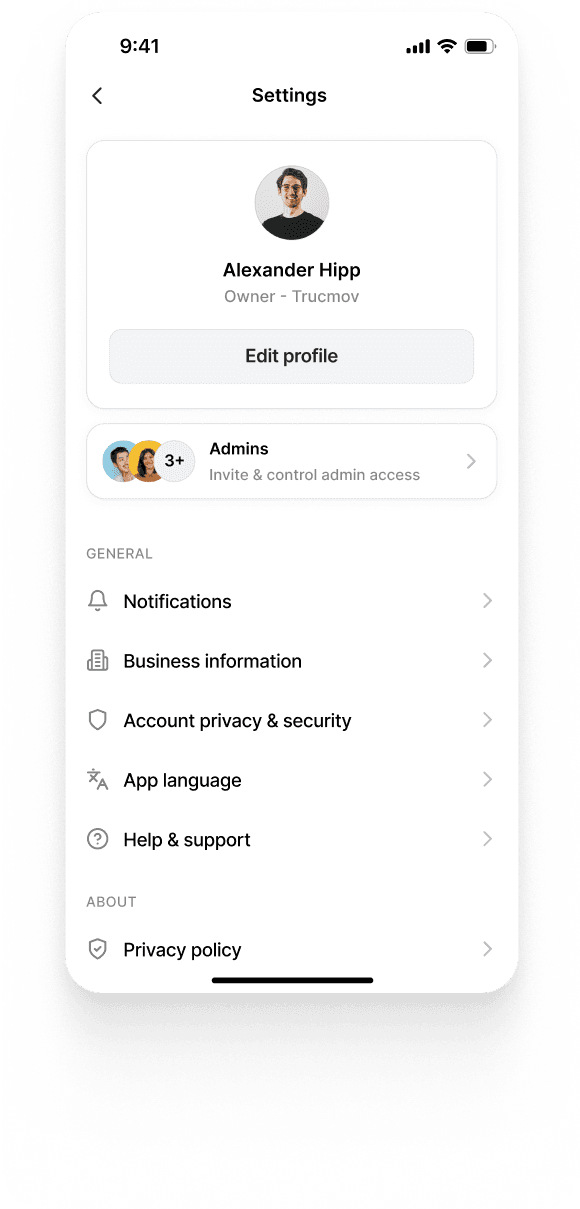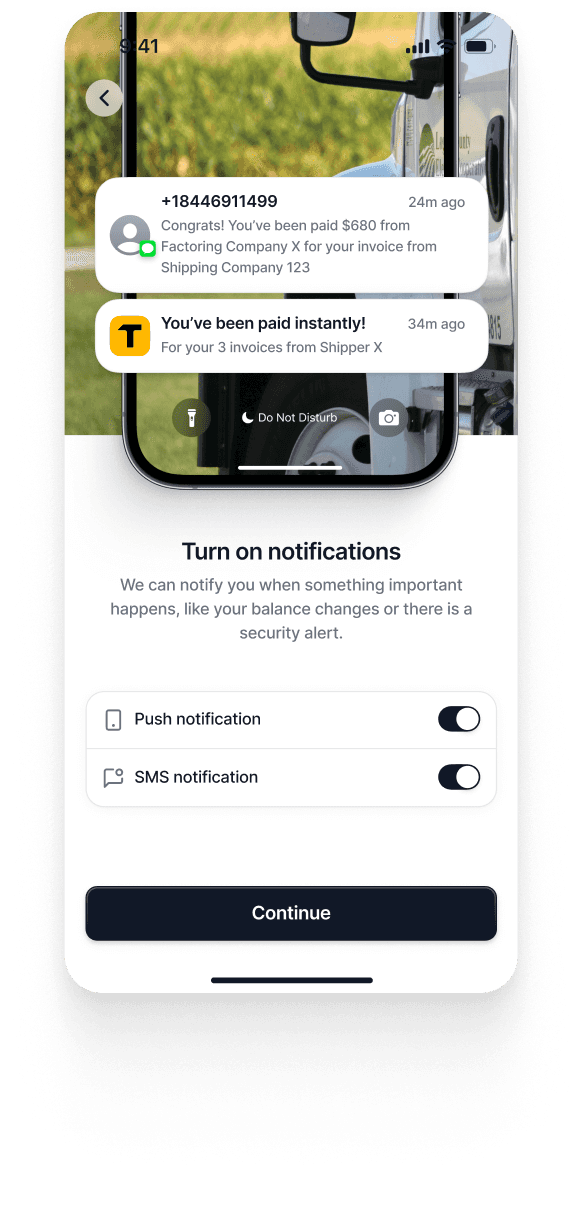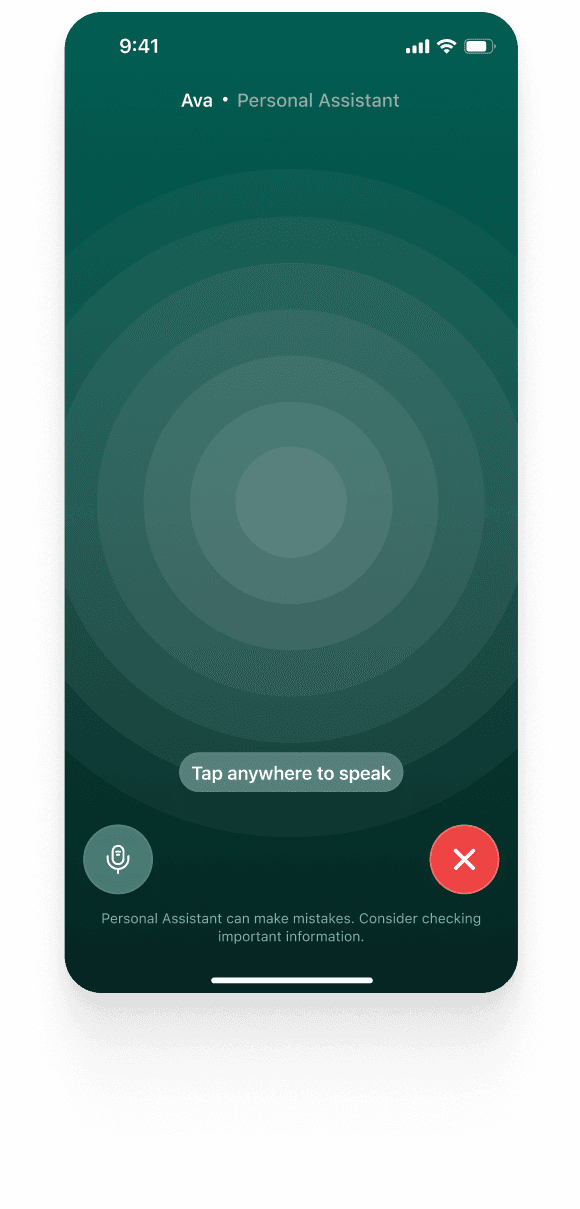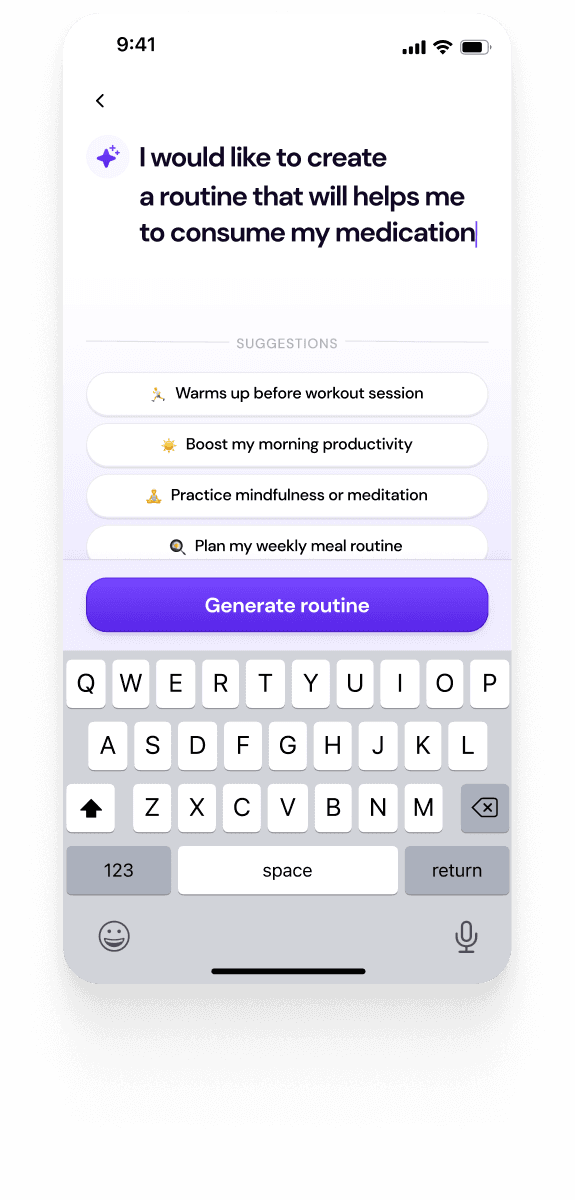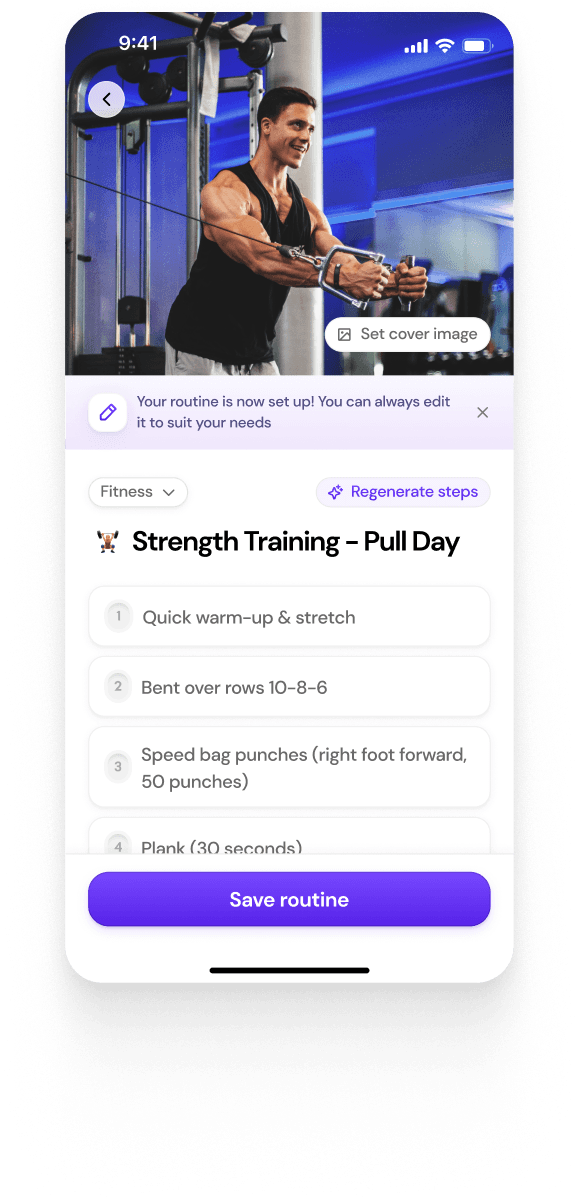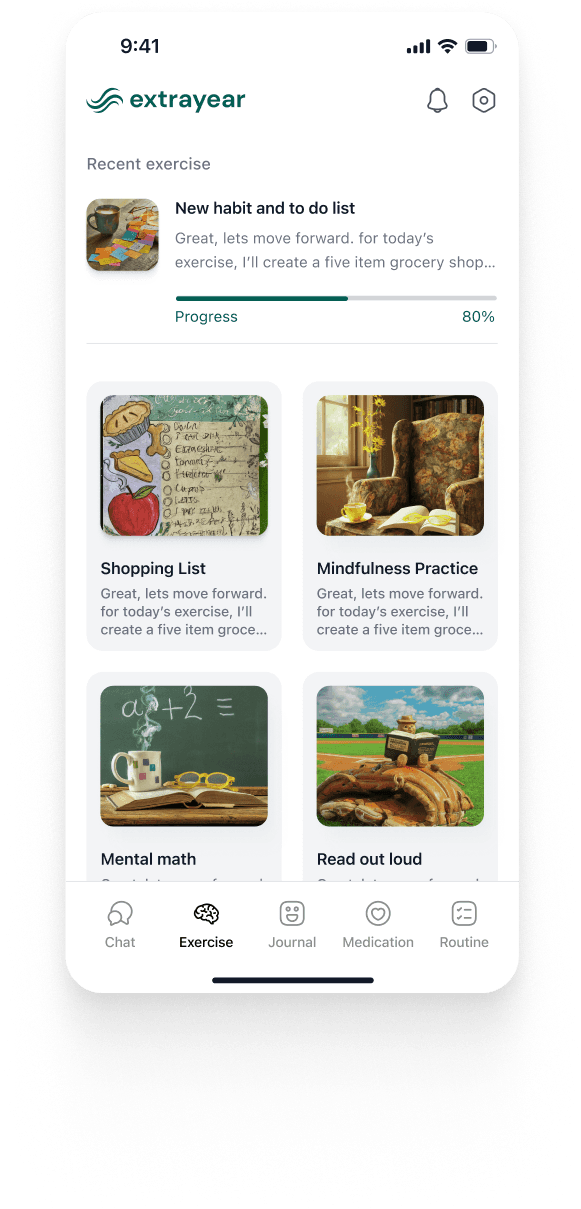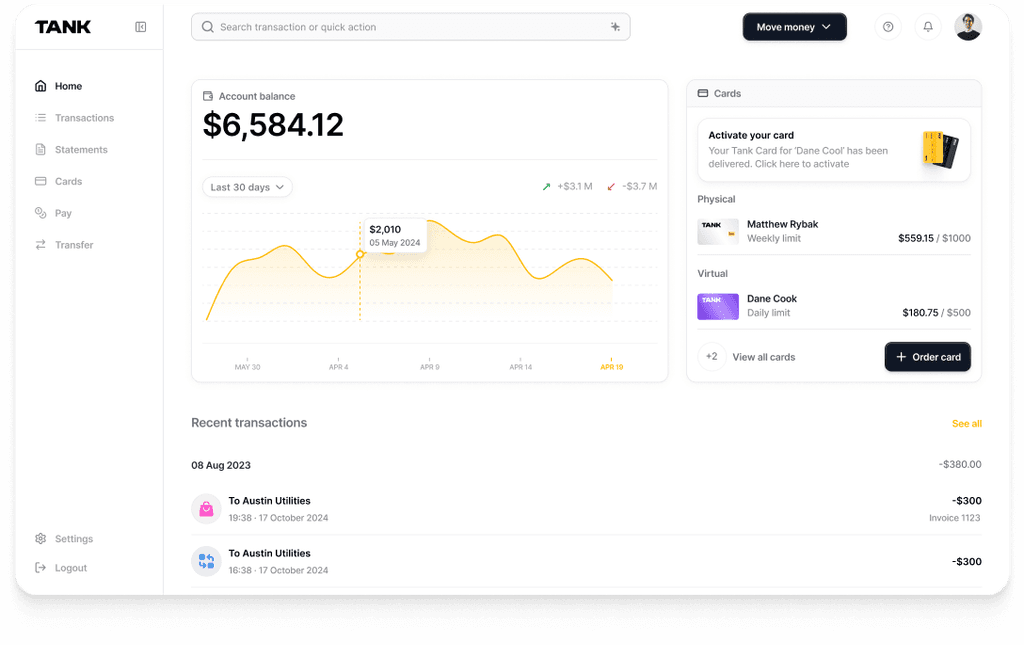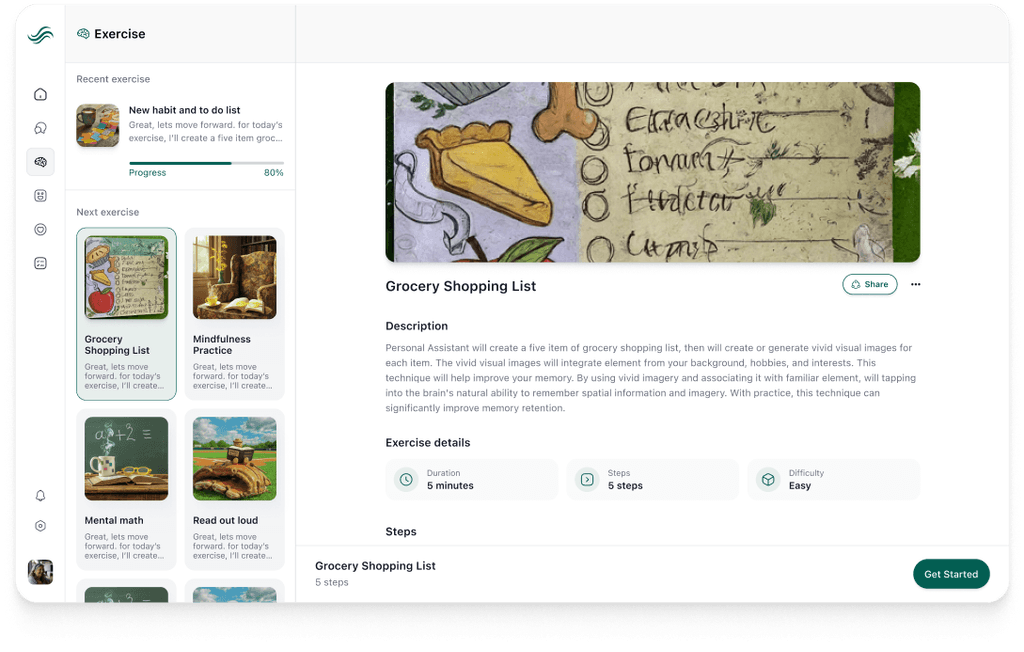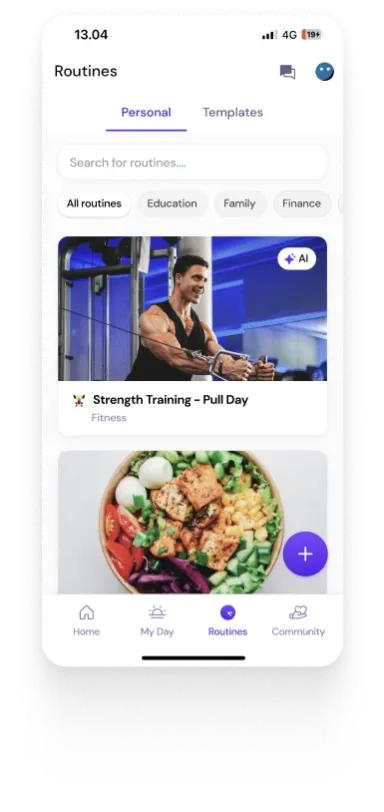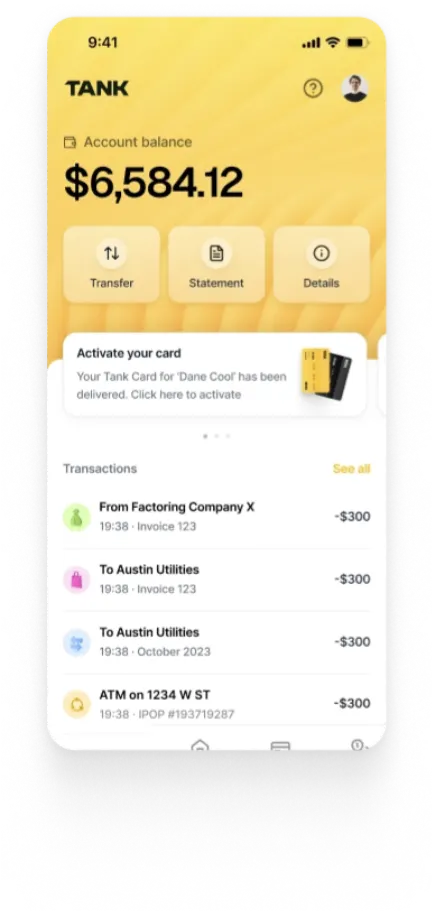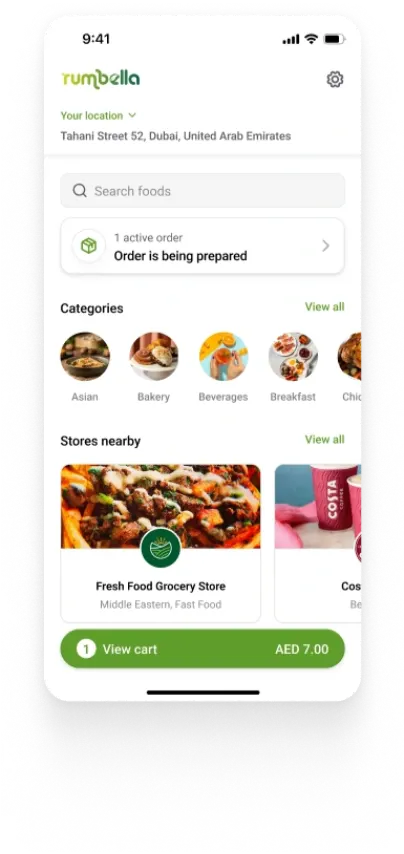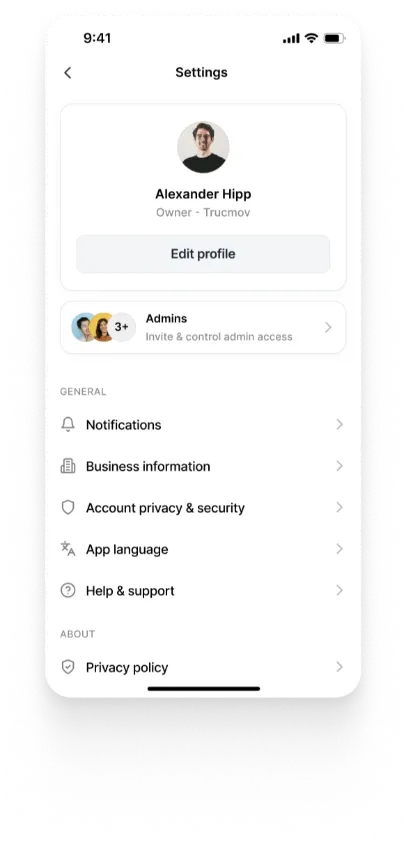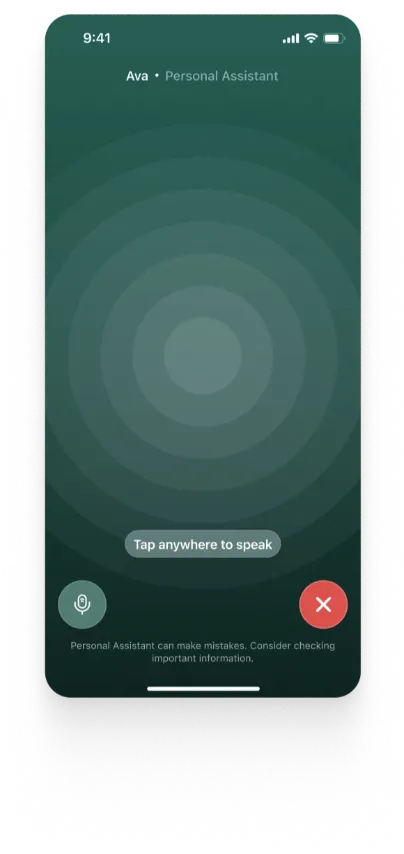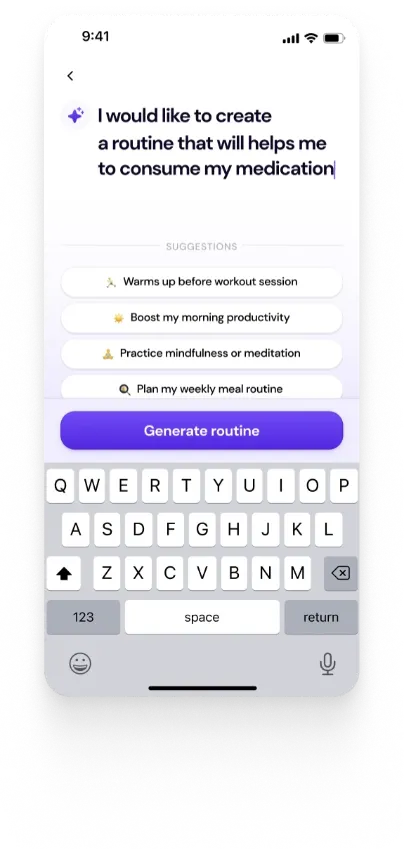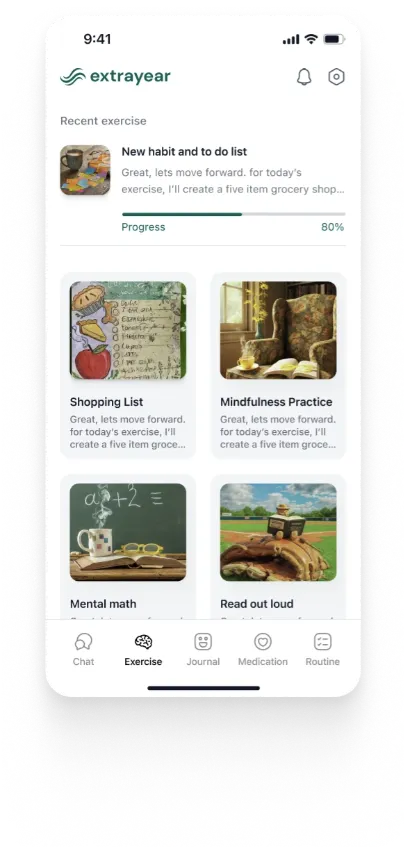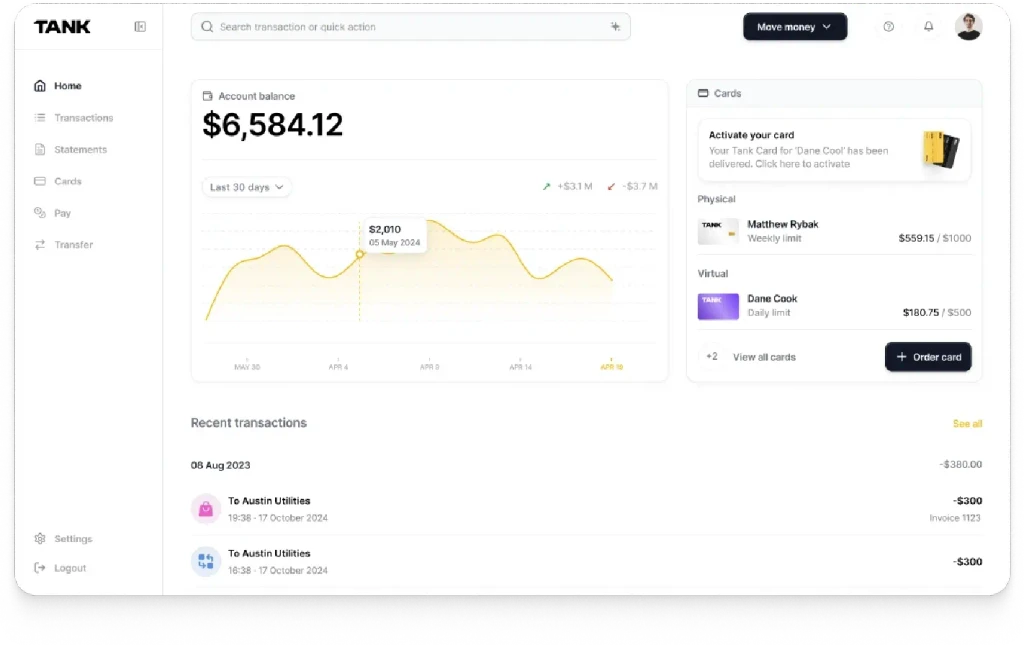Understanding HIPAA Compliance for Health Apps
Summary
This article explores the role of HIPAA compliance in protecting user data within health apps. It covers key HIPAA provisions, the applicability of these regulations to health apps, and outlines best practices for maintaining compliance, such as securing data, managing access, and training staff. The challenges of adhering to HIPAA, such as managing interoperability, using cloud services, and adapting to evolving technologies are also discussed.
Key insights:
HIPAA Scope and Relevance: Health apps dealing with PHI must comply with HIPAA, extending to those acting as business associates of covered entities.
Data Management Essentials: Encrypting data, ensuring secure transmission, and implementing robust access controls are crucial for compliance.
Proactive Compliance Strategies: Regular training, incident management protocols, and compliance audits are essential to safeguard PHI effectively.
Navigational Challenges: Developers must navigate complexities like data interoperability, third-party collaborations, and continuously evolving regulations.
Ongoing Compliance Efforts: Maintaining HIPAA compliance requires ongoing vigilance, adaptation to new technologies, and a commitment to protecting user privacy.
Introduction
In today's digital age, health apps have revolutionized the way we manage our well-being. From tracking fitness goals to monitoring vital signs, these apps have become an integral part of our daily lives.
However, with the convenience and accessibility they offer, comes the critical need for ensuring the privacy and security of user data. This is where HIPAA compliance steps in to safeguard sensitive information and protect user trust.
What is HIPAA?
Health Insurance Portability and Accountability Act, also known as HIPAA, is a federal law enacted in 1996 that sets the standards for safeguarding protected health information. While HIPAA was primarily designed for healthcare providers, health plans, and clearinghouses, its regulations also extend to business associates, including many health app developers.
Key provisions of HIPAA include the Privacy Rule, Security Rule, Breach Notification Rule, and the Omnibus Rule. These provisions collectively establish guidelines for protecting Protected health information (PHI), ensuring secure electronic transactions, and outlining penalties for non-compliance.
HIPAA Requirements for Health Apps
When developing health apps, it is important to understand the specific requirements for HIPAA compliance to ensure the privacy and security of user data:
Applicability of HIPAA to Health Apps
As an health app owner, you must first determine whether your app falls under the scope of HIPAA. If the app handles PHI on behalf of covered entities (hospitals, healthcare providers, clinics) or business associates, it is considered a business associate itself and must comply with HIPAA regulations. Examples of business associates include software companies, cloud service providers, third-party administrators, and medical transcription services.
User Data Collection and Storage
Obtaining proper user consent and authorization is paramount. Clearly communicate to users the types of data collected, how it will be used, and any third parties involved. Implement secure data transmission and storage protocols, such as encryption, to protect sensitive information from unauthorized access.
Risk Assessment and Mitigation
Conducting a thorough risk analysis is essential to identify potential vulnerabilities and mitigate risks. Assess the security controls in place, including physical, technical, and administrative safeguards. Implement necessary measures, such as access controls, firewalls, and intrusion detection systems, to protect against unauthorized access and data breaches.
Privacy Policies and Notices
Health apps should have easily accessible and understandable privacy policies and notices that outline how user data is handled. Inform users about their rights regarding access, amendment, and disclosure of their PHI. Promptly respond to user requests and ensure compliance with their privacy preferences.
Common HIPAA Violations
Unauthorized Disclosure of Information
This violation occurs when PHI is shared with unauthorized individuals or entities without the patient's consent or a valid reason under HIPAA regulations. Examples include accidental disclosure, sharing information with unauthorized third parties, or improper handling of PHI.
Insufficient Physical or Technical Safeguards
HIPAA requires healthcare organizations and app developers to implement physical and technical safeguards to protect PHI. Violations may include inadequate security measures such as weak passwords, lack of encryption, unsecured storage of devices or records, or failure to conduct regular risk assessments.
Lack of Business Associate Agreements
BAAs are contracts between covered entities and their business associates that outline the responsibilities and obligations regarding PHI. Failure to have BAAs in place with third-party vendors or service providers can result in HIPAA violations.
Failure to Provide Notice of Privacy Practices
Covered entities and health apps must provide patients with a Notice of Privacy Practices (NPP) that explains how their PHI will be used and disclosed. Failing to provide an NPP or not adequately informing patients of their privacy rights can lead to HIPAA violations.
Inadequate Employee Training and Awareness
HIPAA requires organizations to train employees on privacy and security practices and ensure they understand their responsibilities in protecting PHI. Violations may occur when employees mishandle or improperly access PHI due to a lack of training or awareness.
Data Breaches and Failure to Notify
Any unauthorized acquisition, access, use, or disclosure of PHI that compromises its security is considered a breach. Failure to properly report and notify affected individuals and regulatory authorities in a timely manner can result in HIPAA violations.
Best Practices to Maintain HIPAA Compliance
While the specific requirements may vary, following these best practices can help health app developers maintain HIPAA compliance:
Encryption and Data Security Measures
Encrypt all sensitive data, both at rest and in transit, to protect it from unauthorized access. Utilize secure protocols, such as SSL/TLS, for data transmission over networks. Regularly update encryption algorithms and ensure data encryption keys are properly managed.
Access Controls and Authentication
Implement strong access controls, including unique user IDs, passwords, and multi-factor authentication, to ensure only authorized individuals can access PHI. Regularly review and monitor access privileges, promptly revoking permissions when necessary.
Regular Staff Training and Awareness
Provide comprehensive training to all employees involved in handling PHI. Educate them about HIPAA regulations, security best practices, and the importance of safeguarding sensitive data. Regularly reinforce training programs to keep staff updated on emerging threats and compliance requirements.
Incident Response and Breach Notification
Establish an incident response plan that outlines the steps to be taken in the event of a security incident or data breach. Promptly investigate and mitigate any breaches, while complying with the breach notification requirements. Notify affected individuals, regulators, and business partners as required by law.
Ongoing Compliance Monitoring and Audits
Regularly assess and review the effectiveness of security controls and compliance measures. Perform internal audits and penetration testing to identify vulnerabilities. Stay up to date with changes in regulations and industry best practices to ensure continuous compliance.
What to Consider
While striving for HIPAA compliance, as an health app developer, you can face certain challenges and considerations including:
Interoperability and Data Sharing
Balancing data interoperability and sharing while maintaining privacy can be complex. Ensure that data sharing agreements with external entities align with HIPAA requirements and prioritize user consent.
Cloud Services and Third-Party Vendors
When using cloud services or partnering with third-party vendors, conduct due diligence to ensure their HIPAA compliance. Establish business associate agreements to clarify roles, responsibilities, and security obligations.
Emerging Technologies and Evolving Regulations
With the rapid advancements in technology and evolving regulations, staying compliant can be a continuous challenge. Keep abreast of the latest developments, engage with legal experts, and actively participate in industry forums to stay ahead of compliance requirements.
In a Nutshell
HIPAA compliance is crucial for health app developers to protect user data and ensure trust. By understanding the requirements, implementing best practices, and addressing challenges, you can build secure health apps that prioritize privacy and security. Moreover, maintaining compliance not only helps protect sensitive information but also enhances user confidence in the app, fostering a healthier and more secure digital healthcare ecosystem.
The path to HIPAA compliance is an ongoing journey that requires continuous effort, regular assessments, and a commitment to safeguarding user data. By prioritizing data security, you can contribute to a safer and more trustworthy healthcare landscape.













